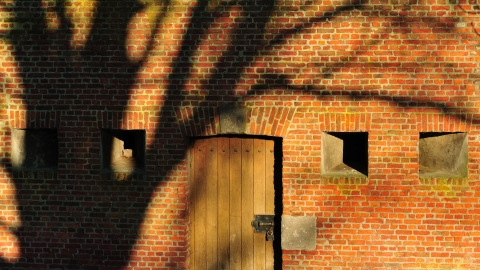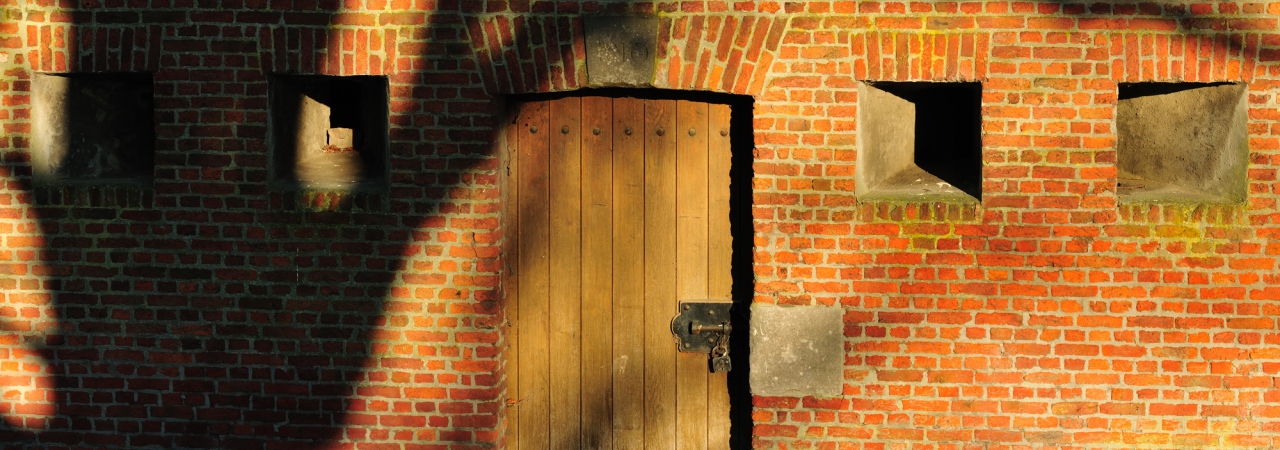William of Orange founded Fort Lillo in 1579. Together with Fort Liefkenshoek – on the other side of the Scheldt – it fitted into William’s defence strategy against a possible Spanish siege of Antwerp. Until long after the fall of that town, both forts controlled access to the harbour under States authority. The harbour suffered huge losses, leading to talk of the ‘Closure of the Scheldt’.
Fort Lillo retained its role as a stronghold until 1894, and expanded to become a small fortified village with well-preserved military buildings. Lillo is now a picturesque historic oasis in the industrial harbour landscape. The Poldermuseum is housed there and from Easter to the end of September, visitors can take the ferry to the polder village of Doel on Saturdays, Sundays and public holidays.
According to the Master Plan, the raising of the Scheldt dykes will transform Lillo: the tidal harbour will be moved and the original pentagonal shape of the fort will be restored. On the dyke, there will be a panoramic terrace from where the visitor can experience the strategic position of the fort.




